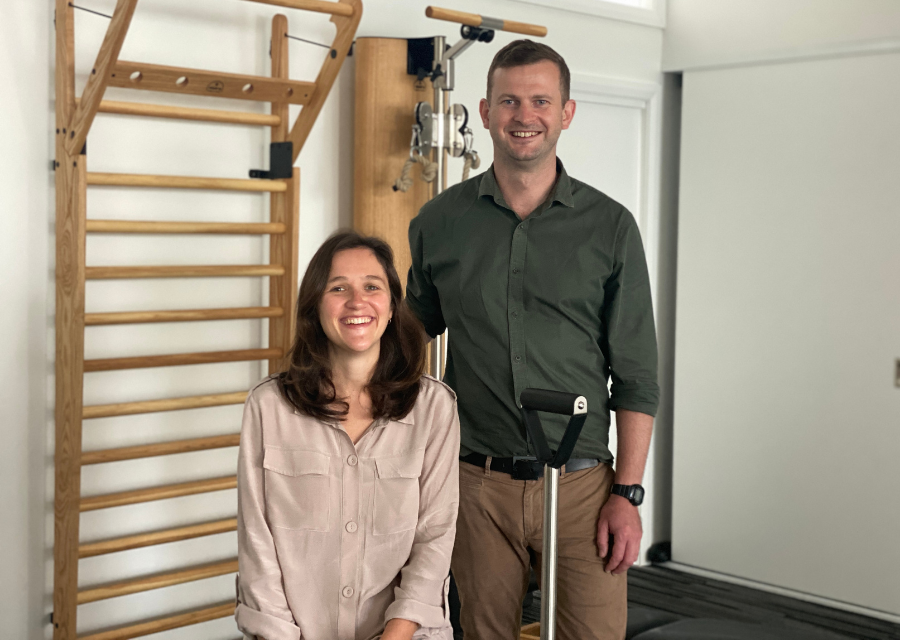Why physiotherapy?
Sam and Andy at The Edge Physiotherapy -
I wasn’t always a physio, shocking I know, but being part of the late generation X early Ys I have had a few changes in career during my time on this planet. Barista, hospitality service provider, childcare, Department of Health and Ageing project officer, administration, and health promotion officer. Not to mention studying for over a decade at uni. Though I’ve always been interested in understanding the why’s, why does my body do this? and anatomy. The body is an amazing thing to behold, looking at a cadaver in my early anatomy training, I could appreciate that there was an order to every part of us, we seemed to be designed for something.
So why see a physio at all?
Am I an advocate for self care and independence? more certainly, and I think this is why the profession appealed to me so much. You won’t meet a physio who doesn’t want their patients to do well, and we measure this by how much we have to see somebody. By and large we prefer that patients reach a point where they are self managing their own health, that is one of our goals. Of course I am speaking quite broadly for the profession, but this is my blog so I can only write from my own experience and having worked with other therapists.
What do we know as physios?
Physios are experts in the “structure of the human body and its movement”. This means we are experts of the muscles, bones, joints, connective tissue, heart and lungs. We work with people across age groups, with different health conditions including sporting injuries, musculoskeletal conditions, chronic health issues like diabetes and heart disease, cardiopulmonary disease, obesity, arthritis and neurological disease such as stroke. We are part of a process of assessing, diagnosis, and management of patients.
Where do physios work?
The vast majority of physios you will meet live and breath the private health sector, sometimes you’ll see us in a hospital, or community centre, at your home, aged care facilities, schools, and through sporting organisations.
What qualifications does a physio in Australia need, to practice?
In Australia to become a qualified physiotherapist you must complete tertiary studies at recognised institution attaining a bachelors degree, masters or doctorate program. We become certified partly by means of completing practice in a clinical setting and then we become registered through the Australian Health Practitioner Regulation Agency (AHPRA), which governs all health professionals in Australia including your general practitioner. We must also show they we are continuing to practice clinically a certain amount of hours per year and also engage in ongoing professional development each year to remain up to date and current in our knowledge and application of practice.
Why would I see a physio?
This is really hard to answer because I am a physio, so many conditions I would say, yes see a physio for that. It all comes down to the person, not just the injury, are you pro-physio? do you think it would be helpful?. If you aren’t sure, always best to call the clinic you want to attend and ask the right questions: are the physios qualified in the area they are treating? how long have they been practising? do they have an area of interest or specialisation?
In our clinic our focus is on musculoskeletal and sporting injuries in children and adults (this is very broad indeed but includes every part of you from head to toe!), pain management, osteoporosis/osteopaenia, falls prevention, and motor development in children.
Specialisation?
In the physio world we have to jump through many hoops to call ourselves “specialists” and “Doctors”, we can get into an awful lot of trouble if we don’t have the right credentials and expertise to do this, so be wary and ask lots of questions if you’re not sure. Andrew, the Director and owner of our clinic has an interest and is focused on shoulder related injuries and conditions, while my postgraduate training is in paediatrics and dance physiotherapy.
If you would like to learn more about us and what we do feel free to give us a call or head to About.

